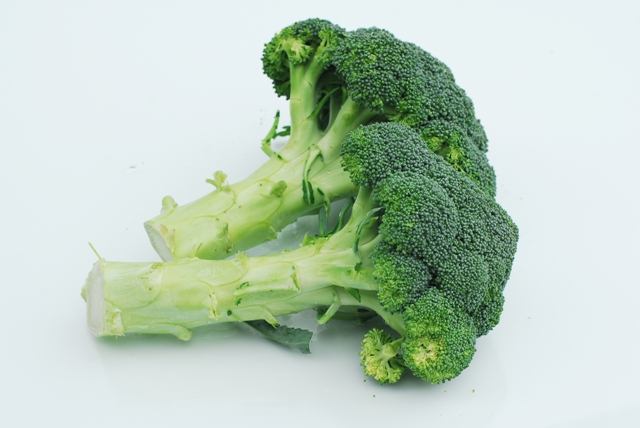The Thanksgiving Proclamation
Washington, D.C.
October 3, 1863
By the President of the United States of America.
A Proclamation.
The year that is drawing towards its close, has been filled with the blessings of fruitful fields and healthful skies. To these bounties, which are so constantly enjoyed that we are prone to forget the source from which they come, others have been added, which are of so extraordinary a nature, that they cannot fail to penetrate and soften even the heart which is habitually insensible to the ever watchful providence of Almighty God.
In the midst of a civil war of unequaled magnitude and severity, which has sometimes seemed to foreign States to invite and to provoke their aggression, peace has been preserved with all nations, order has been maintained, the laws have been respected and obeyed, and harmony has prevailed everywhere except in the theatre of military conflict; while that theatre has been greatly contracted by the advancing armies and navies of the Union.
Needful diversions of wealth and of strength from the fields of peaceful industry to the national defense, have not arrested the plough, the shuttle or the ship; the axe has enlarged the borders of our settlements, and the mines, as well of iron and coal as of the precious metals, have yielded even more abundantly than heretofore. Population has steadily increased, notwithstanding the waste that has been made in the camp, the siege and the battle-field; and the country, rejoicing in the consciousness of augmented strength and vigor, is permitted to expect continuance of years with large increase of freedom.
No human counsel hath devised nor hath any mortal hand worked out these great things. They are the gracious gifts of the Most High God, who, while dealing with us in anger for our sins, hath nevertheless remembered mercy.
It has seemed to me fit and proper that they should be solemnly, reverently and gratefully acknowledged as with one heart and one voice by the whole American People. I do therefore invite my fellow citizens in every part of the United States, and also those who are at sea and those who are sojourning in foreign lands, to set apart and observe the last Thursday of November next, as a day of Thanksgiving and Praise to our beneficent Father who dwelleth in the Heavens. And I recommend to them that while offering up the ascriptions justly due to Him for such singular deliverances and blessings, they do also, with humble penitence for our national perverseness and disobedience, commend to His tender care all those who have become widows, orphans, mourners or sufferers in the lamentable civil strife in which we are unavoidably engaged, and fervently implore the interposition of the Almighty Hand to heal the wounds of the nation and to restore it as soon as may be consistent with the Divine purposes to the full enjoyment of peace, harmony, tranquility and Union.
In testimony whereof, I have hereunto set my hand and caused the Seal of the United States to be affixed.
Done at the City of Washington, this Third day of October, in the year of our Lord one thousand eight hundred and sixty-three, and of the Independence of the Unites States the Eighty-eighth.
By the President: Abraham Lincoln
William H. Seward,
Secretary of State




 Last year, we “top worked” some Comice pear trees in our orchard—36 to be precise. We saved 12 of these trees to pollinate the Buerre Bosc pears. I planted the orchard five years ago, but the Comice pears have not performed well and seemed unhappy in our microclimate. The Bosc pears, however, took to the microclimate like a duck takes to water. So this winter, I cut some scion wood from the Bosc pears and am going to “top work” the last 12 Comice pear trees. Last year, we grafted the Comice pears over to Conference pears and four Asian pear varieties. The picture in this article is Stephen cutting off the “nurse” limb we left to stabilize the tree from the aggressive pruning.
Last year, we “top worked” some Comice pear trees in our orchard—36 to be precise. We saved 12 of these trees to pollinate the Buerre Bosc pears. I planted the orchard five years ago, but the Comice pears have not performed well and seemed unhappy in our microclimate. The Bosc pears, however, took to the microclimate like a duck takes to water. So this winter, I cut some scion wood from the Bosc pears and am going to “top work” the last 12 Comice pear trees. Last year, we grafted the Comice pears over to Conference pears and four Asian pear varieties. The picture in this article is Stephen cutting off the “nurse” limb we left to stabilize the tree from the aggressive pruning.